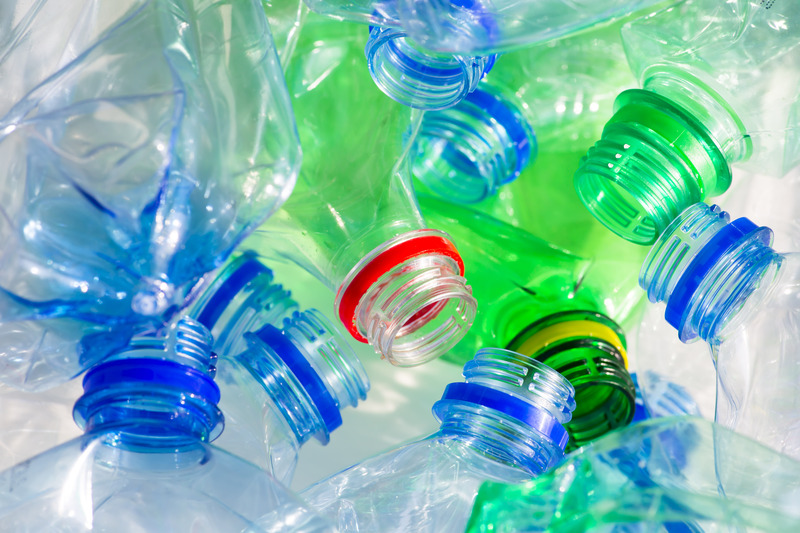Positives and Negatives of Burning Rubbish to Create Energy
Posted on 18/05/2025
With the increasing global demand for energy and the pressing need to reduce waste, many countries have turned to burning rubbish as a source of energy. This process, known as waste-to-energy or WtE, involves burning municipal solid waste (MSW) to produce electricity and heat. While it may seem like a promising solution, there are both positives and negatives to this method of energy production. In this article, we will explore the various aspects of burning rubbish to create energy and weigh its pros and cons.
How Does Burning Rubbish Create Energy?
Before delving into the positives and negatives, it is important to understand how burning rubbish is used to generate energy. It involves a combustion process where MSW is incinerated in specialized facilities called waste-to-energy plants. The heat produced from burning the waste is then used to create steam, which drives turbines to generate electricity. This process also reduces the volume of waste by about 90%, reducing the amount of trash that goes into landfills.

The Positives
1) Produces Clean Energy:
One of the biggest advantages of burning rubbish for energy is that it produces clean energy. Unlike traditional fossil fuels such as coal and oil, MSW does not emit harmful greenhouse gases when burned. This makes it an attractive option for countries looking to reduce their carbon footprint and meet their renewable energy targets.
2) Reduces Landfill Waste:
Burning rubbish also helps in reducing the amount of trash that ends up in landfills. Landfills are not only unsightly but also pose serious environmental problems such as water pollution and methane emissions. By converting waste into energy through incineration, we can significantly reduce the space needed for landfills.
3) Cost-Effective:
Compared to other renewable sources such as solar or wind power, burning rubbish for energy is relatively cost-effective. Once the initial investment has been made for the construction of waste-to-energy plants, the operation and maintenance costs are lower compared to other forms of energy production.
4) Reliable Source of Energy:
Unlike solar or wind power, which are dependent on weather conditions, burning rubbish for energy is a consistent and reliable source of energy. This makes it an important backup source of electricity during times of high demand or when other renewable sources are not available.
The Negatives
1) Air Pollution:
While MSW does not emit greenhouse gases, the incineration process still produces air emissions, including carbon dioxide, sulfur dioxide, and nitrogen oxides. These emissions contribute to air pollution and can have negative impacts on human health if not properly controlled.
2) Harmful Ash Residue:
The waste-to-energy process also produces ash residue that contains toxic substances such as heavy metals and dioxins. If not disposed of properly, this residue can leach into the soil and water, causing environmental damage.
3) Potential Health Risks:
There are concerns among some experts that burning rubbish for energy may have negative health impacts on nearby communities. This is due to the release of pollutants from the incineration process and the potential for accidents at waste-to-energy plants.
Tips for Safe Burning of Rubbish
- Invest in advanced emission control technologies to reduce air pollution.
- Properly manage and dispose of ash residue to prevent environmental contamination.
- Regularly monitor the operations of waste-to-energy plants to ensure safety standards are being met.
- Educate nearby communities on potential risks and precautions to take.

The Takeaways
Burning rubbish to create energy has its positives and negatives. It provides a reliable source of clean energy while reducing landfill waste and helping countries meet renewable energy targets. However, it also poses potential risks to the environment and human health if not properly managed. To mitigate these risks, it is crucial to invest in advanced technologies, regularly monitor waste-to-energy plants, and educate communities on safety precautions.
Conclusion
In conclusion, the decision to burn rubbish for energy should be carefully evaluated and regulated. While it can provide numerous benefits, the potential risks should not be ignored. It is important for governments and communities to work together to ensure that this method of energy production is safe, efficient, and environmentally responsible. Recycling and reducing waste should still remain a top priority, but burning rubbish can be a valuable supplement to our energy sources if done properly.






